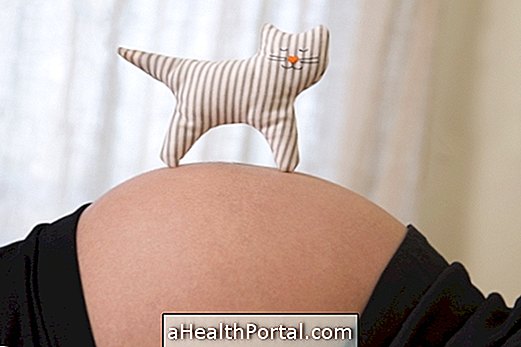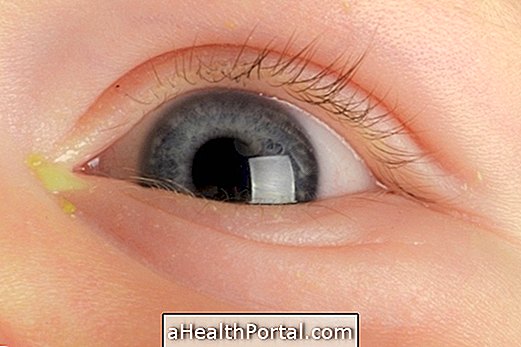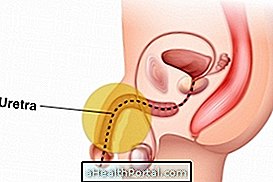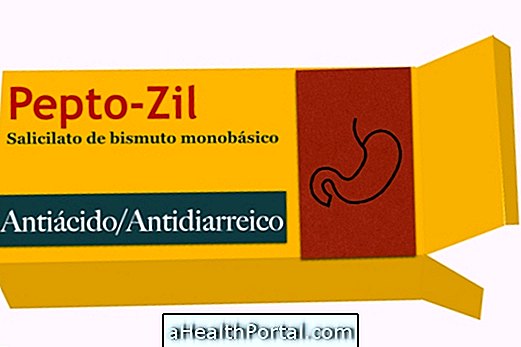After delivery, the woman should be aware of some signs and symptoms that may indicate the presence of certain complications, such as blood loss through the vagina, foul smelling discharge, fever and cold sweat and weakness, which may indicate a situation called placental retention.
Postpartum hemorrhage usually occurs soon after the baby leaves the uterus, when the placenta takes off from the uterus, and the placenta does not contract properly, leading to large blood loss. However, this intense bleeding can also begin days or even 4 weeks after the baby's birth due to the presence of remains of the placenta still in the uterus after normal delivery. Know the postpartum warning signs.

Signs and symptoms of labor remnants in uterus
Some signs and symptoms that may indicate complications after the baby's birth are:
- Loss of large amount of blood through the vagina, being necessary to change the absorbent every hour;
- Loss of sudden blood, in great volume that gets to dirty the clothes;
- Bad smell;
- Palpitation in the chest;
- Dizziness, sweating and weakness;
- Very strong and persistent headache;
- Shortness of breath or difficulty breathing;
- Fever and very sensitive abdomen.
With the appearance of any of these symptoms, the woman should go to the hospital quickly, to be evaluated and treated appropriately.
Why it happens and when it can happen
In the vast majority of cases, this bleeding occurs within the first 24 hours after delivery, but this can also happen even 12 weeks after the baby's birth because of factors such as retention of placental remains after normal delivery, uterine infection, or problems in blood coagulation as purpura, hemophilia or Von Willebrand's disease, although these causes are rarer.
The rupture of the uterus is also one of the causes of great blood loss in the postpartum and this can happen in women who had cesarean section before a normal birth induced with the use of medicines like oxytocin. However, this is a more common complication during childbirth or early in the first days of postpartum.
Remains of the placenta may remain attached to the uterus even after a cesarean section and sometimes only a very small amount, such as 8mm of placenta, is left for a large bleeding and uterine infection. Learn to identify the symptoms of an infection in the uterus.
How to treat
Treatment of bleeding caused by placental remains should be guided by the obstetrician and may be done using medicines that induce uterine contraction such as Misoprostol and Oxytocin, but the doctor may have to perform a specific massage on the fundus of the uterus and sometimes, a blood transfusion may be required.
To remove the remains of the placenta, the doctor can perform ultrasound-guided uterine curettage to cleanse the uterus, completely removing all tissues from the placenta, in addition to indicating antibiotics. See what uterine curettage is and how it is done.






















